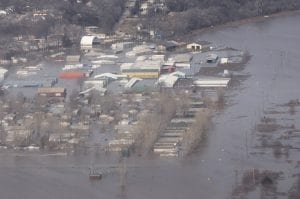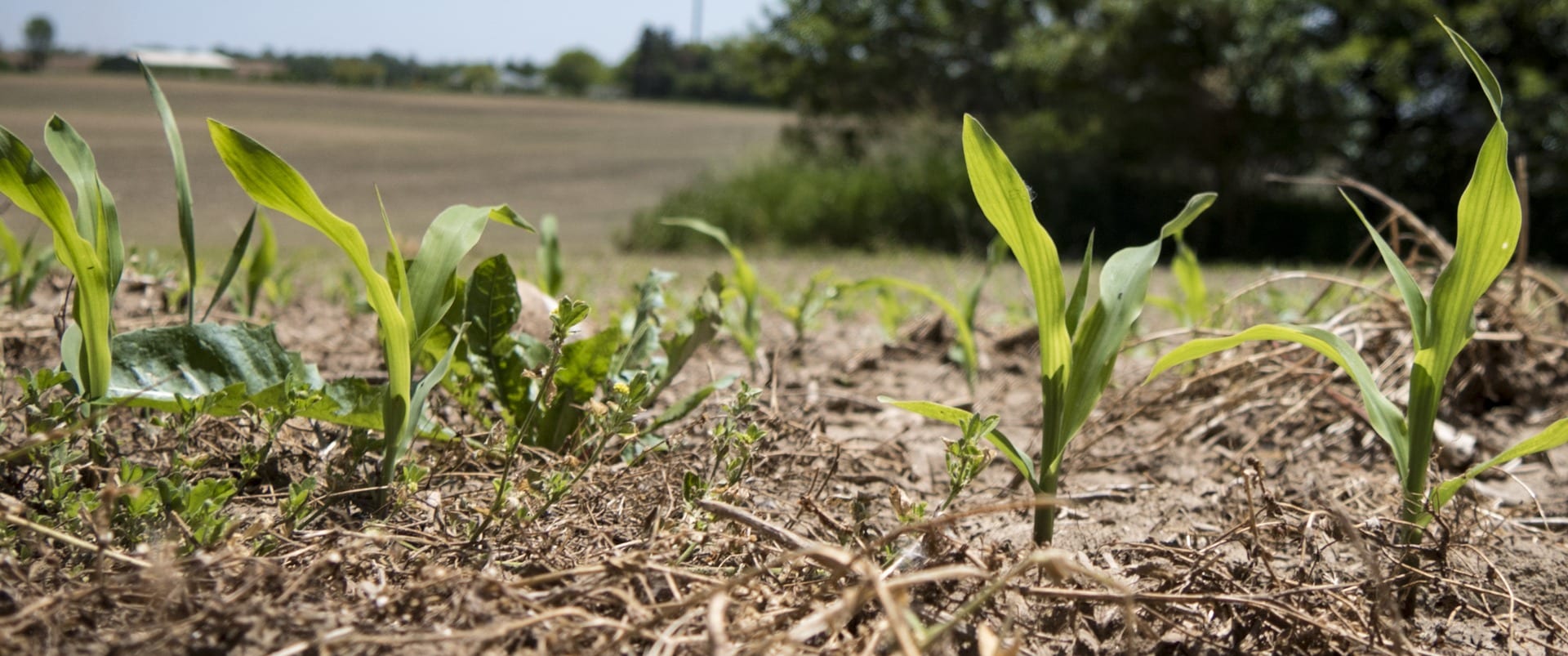With Midwestern flooding and drought from India to Australia drastically reducing 2019 crops, expect higher prices for food – and worse future shocks.
With the summer solstice now past, farmers around the world are facing a disastrous year. Climate change is starting to take a real toll on food production. Harvests are in danger of failing due to the floods, droughts, storms, disease, and general chaos that scientists have predicted for decades. What’s happening to the 2019 crops this season?

There were early indications that this would be a hard year for agriculture. Winter snowmelt combined with March’s heavy precipitation on frozen ground resulted in floods in the American heartland that still haven’t completely receded. In April, the flooding prevented fertilizer deliveries to American farmers. By May, farmers were torn: should they plant their 2019 crops, knowing that they could lose everything, or should they throw in the towel and give up? Taking to Twitter, they documented their flooded and barely-planted fields with the hashtag #NoPlant19. It’s crunch time. Farmers who plant after a certain date are ineligible for crop insurance, and, more critically, crops planted too late will not have time to mature by the time winter comes. If it’s not in the ground now, it probably won’t happen.
Oddly, Trump’s USDA is predicting an abundant harvest this year. How can that be? The devil, it turns out, is in the details. In May, after the 12 wettest months on record and standing water preventing planting in American fields, the USDA explained, “[W]eather is a critical determinant of crop yields, but at this stage in the year, it is impossible to know how the weather will turn out during the critical phases of the growing season. So, we assume ‘normal’ weather and yields that follow long-term trends reflecting technological progress and historic productivity growth.” Indeed, it’s always easier to predict the desired results when you ignore observed reality.
The advantage to a global marketplace is that crop failures in one area can be mitigated by abundant harvests from other places, at least if potential buyers can pay for them. So what’s the outlook like for 2019 crops and agricultural production internationally?
In Europe, drought and wildfires this spring led to disease and pest infestations, and June hailstorms severely damaged crops in France.
India’s having a severe drought. Chennai’s four major water reservoirs have run dry, and parts of northern India, home for 200 million people, have withered under temperatures as high as 51°C (123.8°F, for American readers).
China is facing an invasion of fall armyworms that is spreading around the global tropics, destroying grain and other crops. Meanwhile, African swine fever, likened to “pig ebola,” is ravishing the Asian pig industry, killing almost every animal it infects. China alone may lose 200 million pigs by the end of the year.
Australia’s 2018-2019 drought was the worst on record, with animals dying in the field.
With so many mouths to feed and so many directly and indirectly climate-related disasters affecting 2019 crops around the world, it remains to be seen how well the global marketplace will serve so many hungry people when not as much food is available. Reasonably well-off people in rich countries will be inconvenienced by higher food prices, but their ability to pay more means that the world’s poor are likely to be priced out of the food market entirely. We’ve seen this before. In 2008, Haitians who couldn’t afford food ate mud cakes instead, and in 2011, the Arab Spring was triggered in part by rising food costs amid widespread poverty.
It’s almost nostalgic to look back now at the predictions one conservative economist, Thomas Gale Moore, was making in 1998 about the effects of climate change on the American economy, expecting cereal crops to increase by 4-14% due to increased precipitation and carbon dioxide, a reduction in health care costs, less ice and snow on the roads, and an overall boost to GDP which, to him, more than excused the cost avoidance of not trying to mitigate the coming disaster. One hopes he and his peers would be backpedaling as our formerly stable climate falls apart around us. However, since the Trump administration is scrapping even modest Obama-era climate initiatives like the Clean Power Plan, we can expect more, and worse, climate shocks and agricultural disruption in the future, making 2019 crops look bountiful in comparison.
If this is the future you want, keep doing (and electing) more of the same. If it’s not, well, business and government aren’t going to help us, so we’re going to have to help each other be the change we want to see in the world. Have any good recipes for mud cakes?
Related: Too Much, Too Little, Too Late


Join the conversation!